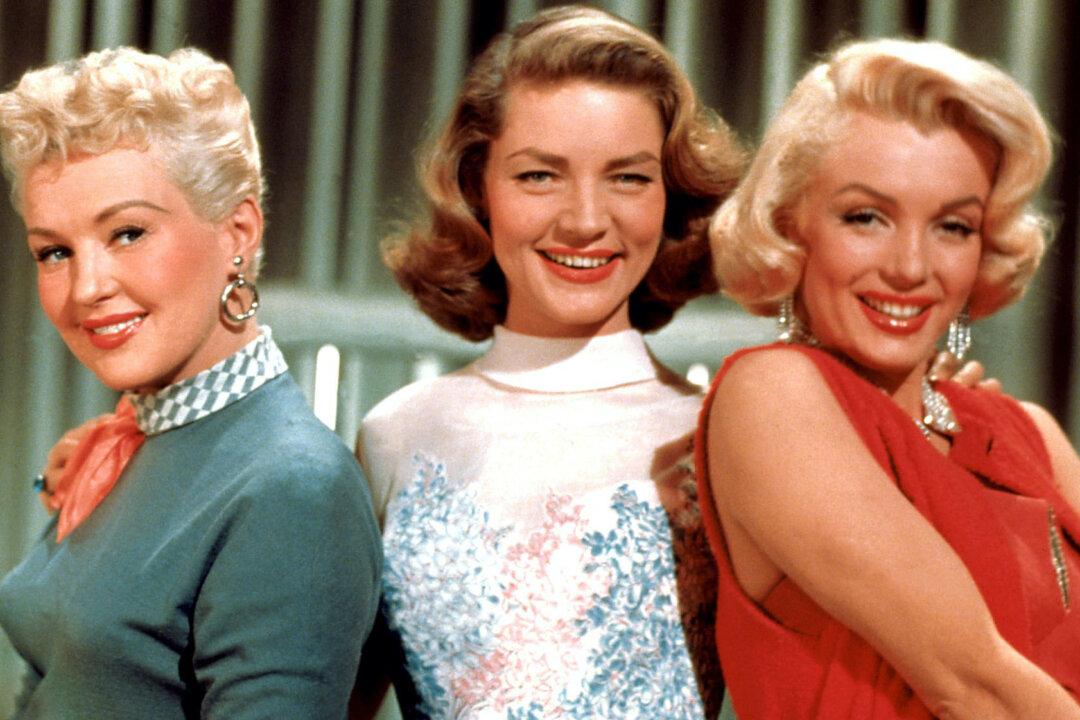Commentary
“How to Marry a Millionaire” is a film showcasing three A-list actresses: Lauren Bacall, Betty Grable, and Marilyn Monroe. These names are instantly recognizable to anyone who is aware of 1940s and 50s culture. Lauren Bacall made many film noirs with her husband, Humphrey Bogart, Betty Grable was a beloved pin-up girl during World War II, and Marilyn Monroe was a blonde bombshell with a famous figure. How many films have you seen with these actresses? Each of these ladies was a huge film star during the Golden Era of Hollywood.





